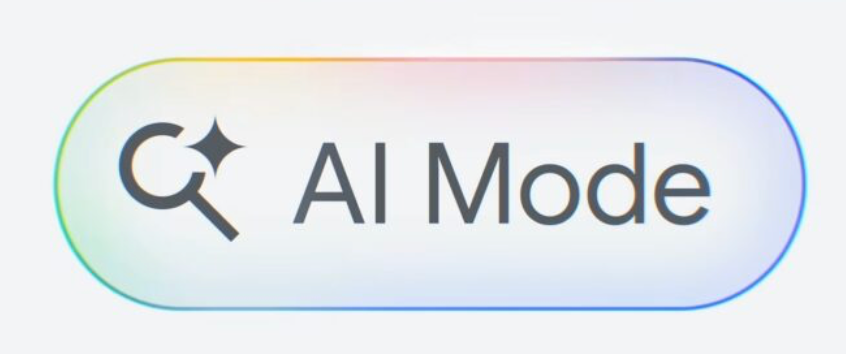The Future of Search Is the Machine Web: What It Means and Why It Matters
The Machine Web refers to a new paradigm where artificial intelligence agents, language models, and search bots interact with web content not for humans to read directly, but for machines to interpret, retrieve, and respond.
Instead of a web optimised for human browsing, the Machine Web is structured for machine-to-machine communication, using structured data, vector embeddings, RAG systems, and semantic search architecture.
From Blue Links to Answers: How Search Is Changing
Traditional search engines delivered lists of links. Users would scroll, skim, and decide. But with the rise of AI powered Search, AI Overviews (Google), ChatGPT Search Assistants, Perplexity AI, and Gemini, the format of search is shifting from “click and browse” to “ask and answer.”
- LLMs (like GPT-4, Claude, and Gemini) are now the primary audience of web pages.
- Content is retrieved via semantic vector search, not just keyword-matching.
- AI search results often skip citation or link attribution, summarising knowledge directly.
"Is Google about to destroy the Web?" A great read on the BBC.
Why Retrieval-Augmented Generation (RAG) Is Powering the Machine Web
RAG (Retrieval-Augmented Generation) is the backbone of the Machine Web. Instead of relying on a static model’s memory, RAG pulls real-time, context-aware information from external sources — websites, databases, or internal knowledge systems.
To succeed in the Machine Web, your content needs to be:
- Structured for semantic indexing
- Rich with natural language Q&A
- Embeddable into vector databases
- Machine-readable via schema.org and structured data
How Businesses Can Prepare for the Machine Web
Here’s how to future-proof your digital presence for the Machine Web:
1. Write for Humans, Structure for Machines
2. Use Embedding-Friendly Language
3. Prioritise Conversational Q&A Formats
The SEO Landscape Is Shifting: From SERPs to Vectors
Search Engine Optimisation (SEO) is evolving into what some call “Search Experience Optimisation.”
More than backlinks and meta tags, the future of discoverability lies in:
- Vector embeddings
- Named entity recognition
- Topical clustering
- Contextual chunking for LLMs
Structured Data and Machine-Readable Content Are Key
To be part of the Machine Web, your content needs to speak the machine’s language.
Make sure your content is:
- Marked up with schema.org
- Available via APIs or JSON feeds
- Hosted with fast, crawlable site architecture
- Chunked semantically for ingestion into RAG-based LLM systems
Chatbots, AI Agents, and the Machine Web in Action
Examples of the Machine Web in real life:
- ChatGPT plugins or custom GPTs querying real-time business content
- Gemini AI pulling business info directly from structured markup and local directories
- AI chatbots on business websites powered by internal RAG systems
- Semantic search within knowledge bases or help desks for support automation
The Machine Web Is Already Here — Are You Ready?
We’re moving from a search engine-driven world to a language model-driven world.
In this new Machine Web:
- Humans initiate the query
- AI agents search, retrieve, summarise, and deliver
- Your content gets surfaced based on semantic relevance, not just search rankings
Final Thoughts: Don’t Just Rank—Be Retrieved
The Machine Web isn’t science fiction — it’s already powering Google’s AI Overviews, Gemini’s AI Mode, and ChatGPT’s RAG-enhanced queries. Your ability to be found, read, and responded to by AI depends on how well your content is structured, semantically enriched, and machine-readable.
Whether you're a local business, a tech company, or a content creator, the time to adapt is now.




